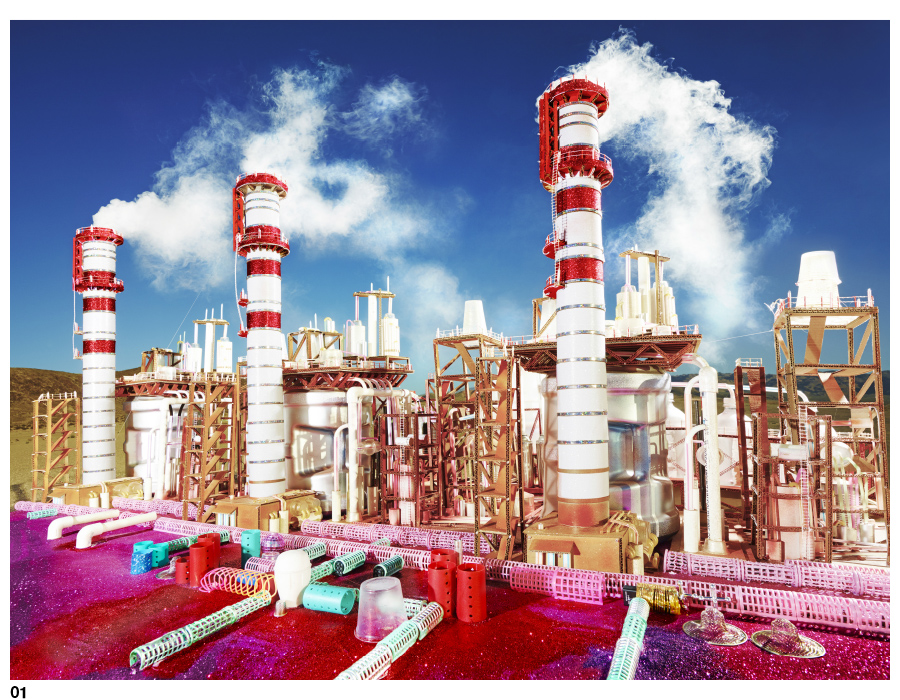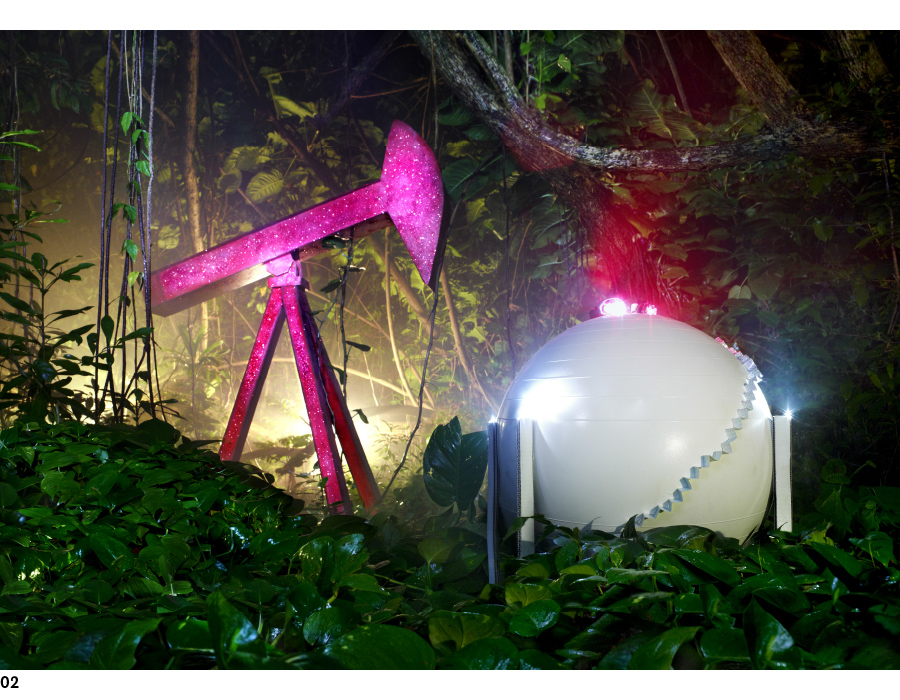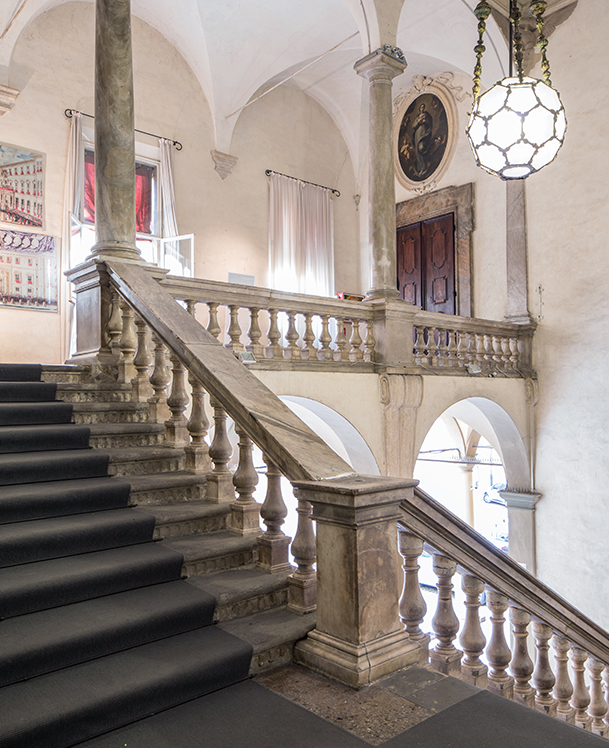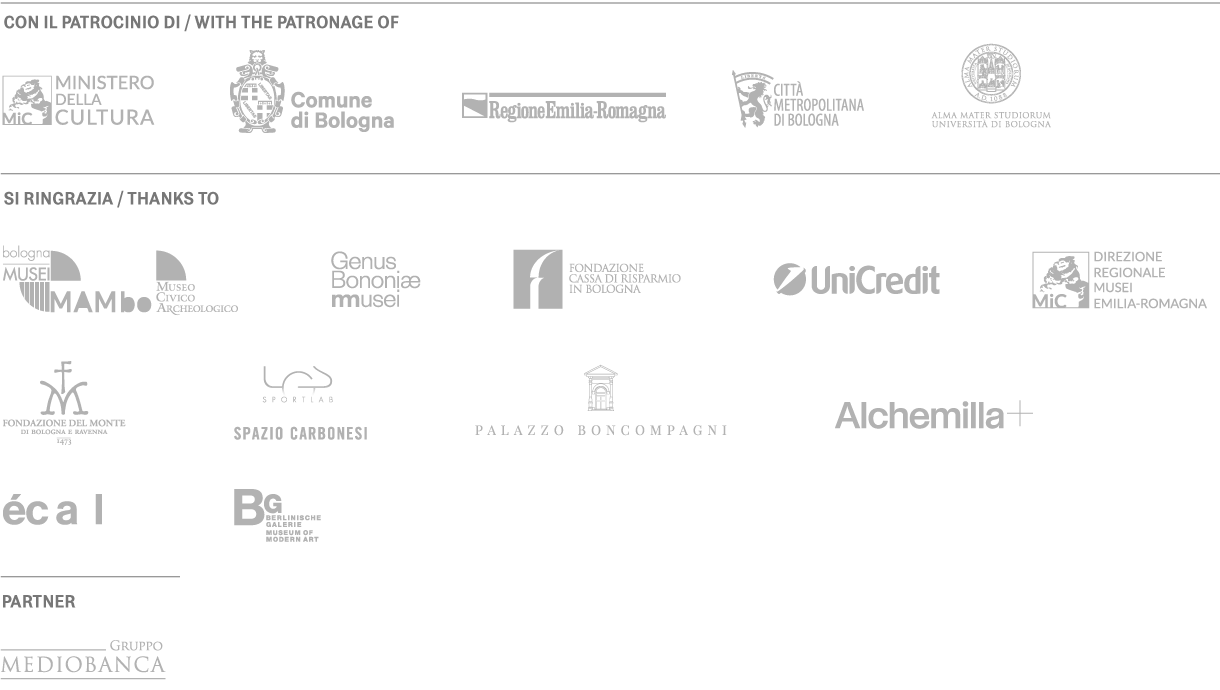
DAVID LACHAPELLE
LAND SCAPE
Known internationally for his thought-provoking images, LaChapelle’s newest series Land Scape uses hand-crafted scale models to explore the infrastructure of oil production and distribution, illustrating the impact it has on modern society.
Photographed in the expansive deserts and along the coastlines of California, the stunning Refineries are shrines to the product and the lifestyle it makes possible. The underside of these captivating settings – made up of repurposed by-products bathed in an ethereal light – offers a vision of the unmagical consequences of the petroleum-dependent system.
In the Gas Station series, fuelling stations are enveloped by the lush vegetation of Maui (Hawaii). The rain forest acts as an organic force, both generative and destructive; the source of fossil fuels, it also has the power to re-engulf these man-made creations. Their eerie lighting and composition suggest art-historical influences from Edward Hopper to Ed Ruscha.
Location
Pinacoteca Nazionale
Palazzo Pepoli Campogrande
Via Castiglione, 7
David LaChapelle combines popular references with art history, street culture with the metaphysical, to project a fascinating allegory of twenty-first century culture.
In the course of his over thirty-year career, he has been one of the most widely published photographers. In the last few years, his work has been displayed in numerous solo exhibitions, around the world. His photographs feature in a number of international collections at art institutions, including the Los Angeles County Museum of Art, National Portrait Gallery in London and National Portrait Gallery in Washington DC.

DAVID LACHAPELLE – DISTRIBUTORE DI BENZINA EXXON, 2012 – © DAVID LACHAPELLE, COURTESY GALERIE DANIEL TEMPLON PARIS/ BRUSSELS
Location
Pinacoteca Nazionale
Palazzo Pepoli Campogrande
Via Castiglione, 7
Construction of this palazzo was begun in the 1660s as a residence for the Pepoli family. One of the most prominent families in Bologna, the Pepoli were first textile merchants and later money-changers and bankers. The palazzo’s halls were frescoed by the leading artists in fine Bolognese decoration in the latter half of the sixteenth and early seventeenth centuries: Giuseppe Maria Crespi, Ercole Canuti, the Rolli brothers, and Donato Creti.




